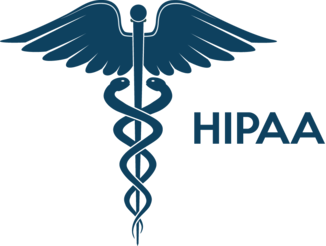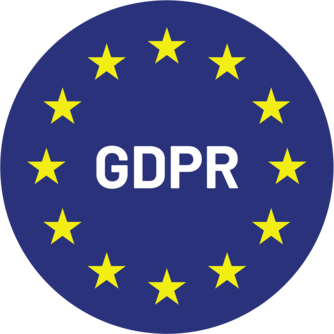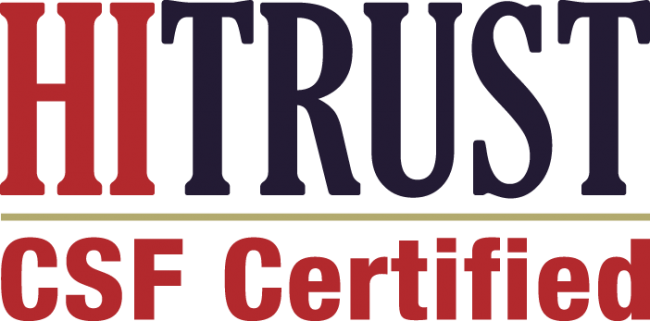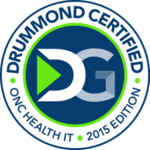Remote Patient Monitoring (RPM) is revolutionizing the way healthcare providers manage chronic diseases, post-acute care, and preventive health. By leveraging digital health technologies, RPM allows real-time data collection, continuous monitoring, and timely interventions, ultimately improving patient outcomes while optimizing clinical workflows. Medicare has recognized the value of RPM and is incorporating reimbursement codes to encourage its adoption. This blog explores how Medicare RPM transforms clinical workflows and enhances patient care, supported by market data and statistics.
The Growing Need for Remote Patient Monitoring
With an aging population and rising chronic disease prevalence, the demand for efficient, proactive healthcare solutions is greater than ever. Consider the following statistics:
- Chronic diseases account for 90% of the $4.3 trillion in annual U.S. healthcare expenditures. (CDC, 2023)
- 133 million Americans suffer from at least one chronic disease, a number projected to increase. (National Health Council, 2023)
- Remote monitoring adoption is expected to grow at a 26.7% CAGR, reaching $117.1 billion by 2025. (MarketsandMarkets, 2023)
- More than 38 million Medicare beneficiaries are eligible for RPM, yet adoption is still in its early stages. (CMS, 2024)
How Medicare RPM Transforms Clinical Workflows
1. Streamlining Data Collection and Documentation
Traditional patient monitoring relies on in-person visits and self-reported data, often leading to incomplete or inaccurate information. RPM eliminates these challenges by:
- Collecting real-time patient vitals such as blood pressure, glucose levels, and oxygen saturation.
- Integrating with Electronic Health Records (EHRs) for seamless documentation and accessibility.
- Reducing administrative burden through automated reporting and analysis.
2. Enhancing Early Detection and Preventive Care
RPM facilitates proactive interventions by allowing healthcare providers to detect early signs of deterioration, reducing emergency visits and hospitalizations. Studies indicate that:
- RPM reduces hospital readmissions by 76% for patients with chronic conditions. (American Heart Association, 2023)
- Providers using RPM have observed a 35% decline in emergency room visits. (Health Affairs, 2023)
3. Improving Patient Engagement and Adherence
Patient adherence is a key challenge in chronic disease management. RPM increases engagement through:
- Automated alerts and reminders for medication adherence and lifestyle modifications.
- Virtual check-ins allow providers to monitor patients without frequent clinic visits.
- Personalized health insights, encouraging proactive participation in healthcare.
Studies show that patients using RPM exhibit a 40% higher adherence rate compared to traditional methods. (JAMA, 2023)
4. Optimizing Provider Workflows and Reducing Burnout
RPM enables healthcare teams to operate more efficiently by:
- Prioritizing high-risk patients through AI-driven alerts and risk stratification.
- Reducing unnecessary in-person visits, allowing providers to focus on complex cases.
- Enhancing care coordination among physicians, nurses, and specialists through a shared digital platform.
A recent survey found that 78% of clinicians reported lower burnout rates after implementing RPM. (AMA, 2023)
Medicare RPM Reimbursement: Driving Adoption
To encourage providers to adopt RPM, Medicare offers reimbursement for services under the following CPT codes:
- 99453 – Initial patient setup and education.
- 99454 – Monthly data transmission and device supply.
- 99457 – 20 minutes of remote monitoring and care management.
- 99458 – Additional 20-minute increments of care management.
- 99091 – Physician or QHP analysis of remotely collected data.
These reimbursements provide healthcare organizations with financial incentives to integrate RPM into their care delivery models.
Real-World Impact: Case Studies
Case Study 1: Chronic Disease Management in Rural Areas
A rural health clinic in Texas implemented RPM for diabetic patients, resulting in:
- 50% reduction in A1C levels over 6 months.
- 30% decrease in hospital admissions due to early intervention.
- Increased patient satisfaction scores from 60% to 92%.
Case Study 2: Reducing Readmissions for Heart Failure Patients
A Medicare Advantage provider deployed RPM for heart failure patients, achieving:
- 76% reduction in 30-day readmissions.
- Significant cost savings of over $1.2 million annually.
- Enhanced provider-patient communication, leading to better long-term health outcomes.
Conclusion: The Future of Medicare RPM
The integration of Medicare RPM is not just a trend—it’s a transformative shift in healthcare delivery. By enhancing clinical workflows, reducing hospital readmissions, improving patient engagement, and optimizing provider efficiency, RPM is paving the way for a more sustainable and effective healthcare system.
With continued technological advancements and expanded Medicare support, RPM adoption is expected to accelerate. Healthcare organizations that embrace this digital shift will not only enhance patient care but also maximize revenue opportunities in the value-based care landscape.
Ready to Leverage Medicare RPM for Your Practice?
HealthViewX offers a comprehensive, scalable RPM solution designed to streamline care management and improve patient outcomes. Contact us today to learn how we can help your practice thrive in the era of digital healthcare!

